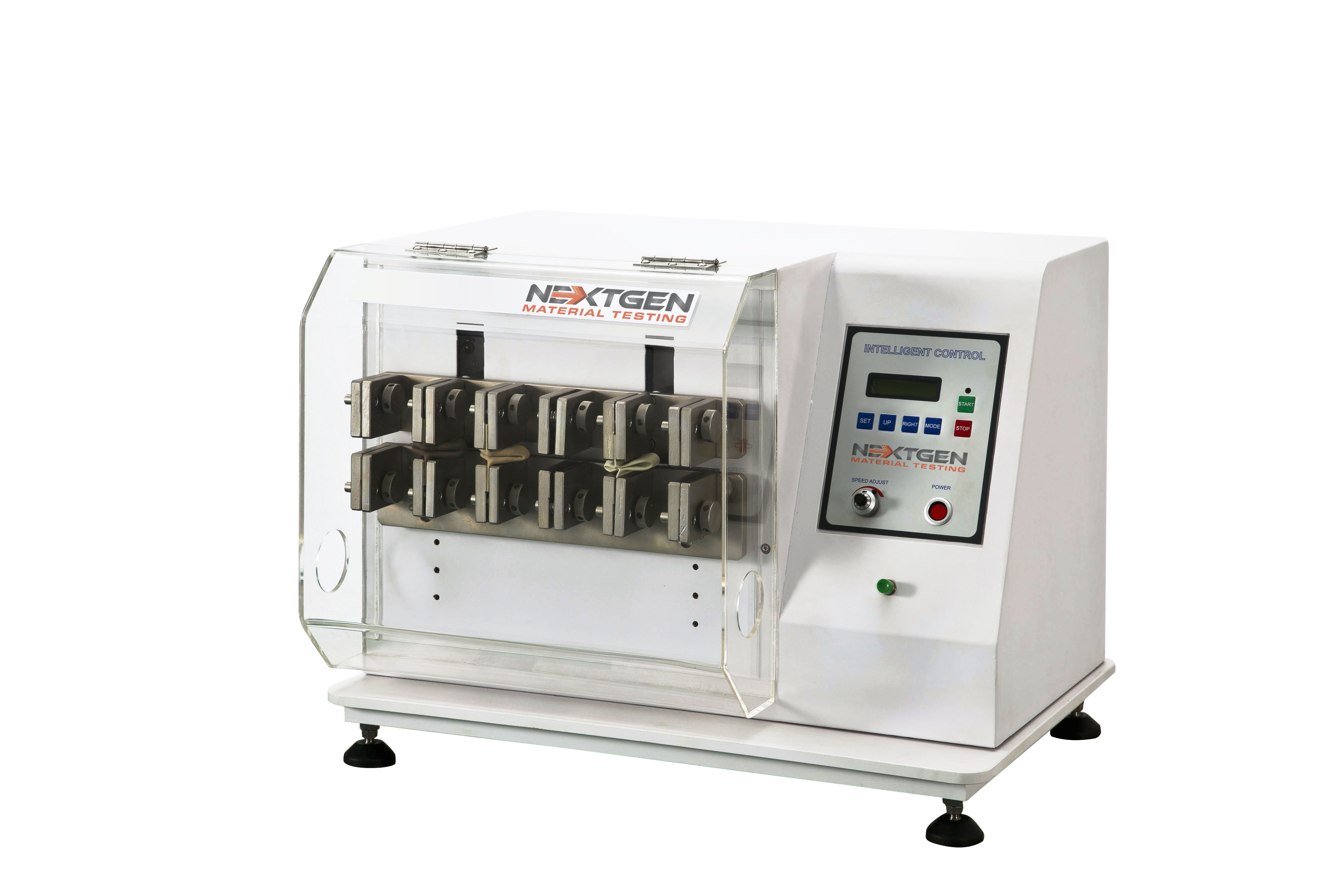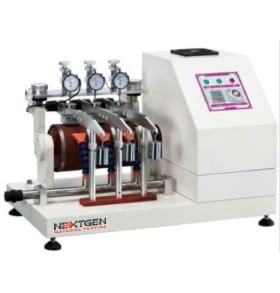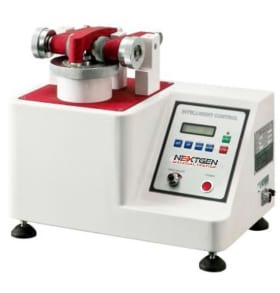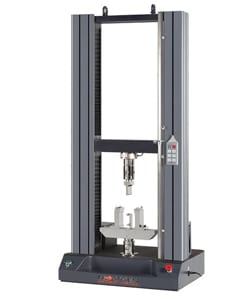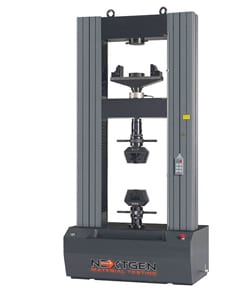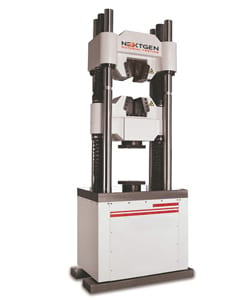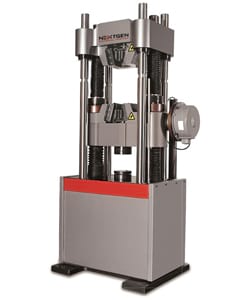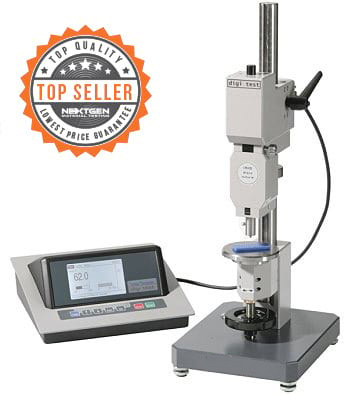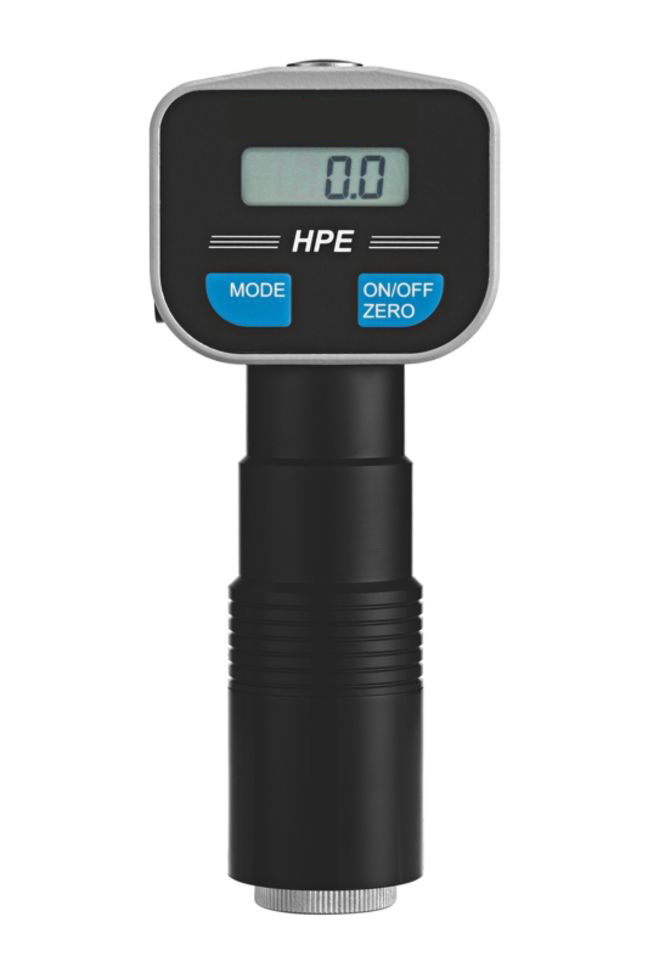Testing rubber properties is a critical part of the manufacturing process of many everyday items. These include various seals or leak protectors, articles of clothing, stationary utensils, production conveyor belts, and others.
The properties of rubber elastomer, for example, are both unique and useful. Items made from this material can be found almost everywhere and are being used daily. These compounds must undergo tests for quality since they are an essential part of daily life and manufacturing processes.
NextGen takes calibration very seriously and makes sure that rubber testing equipment have been calibrated according to the customers’ requirements. No wonder why many educational facilities, manufacturers, NDT facilities, government bodies, laboratories, and others prefer NextGen testing equipment.
Rubbers are classified into many categories, ranging from silicones to natural rubbers. A lot more are in between, like Nitrile, Styrene-Butadiene, and Hypalon. They are grouped based on physical properties, including resistance to sunlight, petroleum, flame, heat, and ozone, elongation, tensile, oxygen, water, abrasion, and others.
Manufacturing processes utilize rubbers for seals in various industries to create a leak-proof environment when handling substances such as fuels, oils, chemicals, and other high-temperature elements.

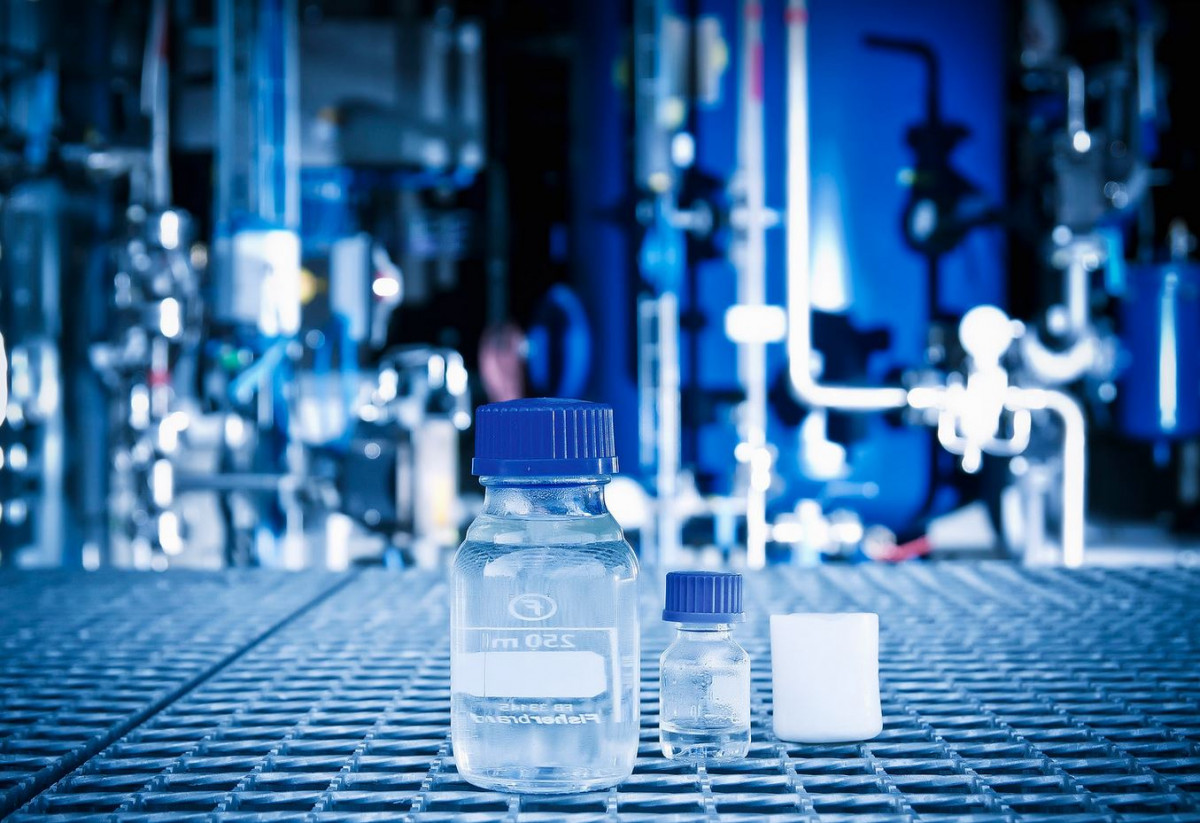
When products made with rubber components, such as footwear, are being manufactured, checking the materials it was made from (and the product itself) is an integral part of the process. These tests are done in different phases during production. Assessments vary from a simple thickness measurement of the material before it is put to use, to complex lab tests while simulating various conditions. These checks help verify a material’s or product’s durability.
Whether the assessments involve basic or complex tests, it is essential that the equipment used for this part of the production process is calibrated. Calibration ensures that the test results are as reliable and accurate as possible because these results will influence vital commercial decisions. The consequences of misleading information gathered from a test equipment, which could result to a failure in identifying a material that is of low quality, can prove to be very costly to the business.


What Needs Calibrating?
The accuracy of the data being displayed by any testing equipment is highly dependent on how it was calibrated. For instance, is the size shown accurate to one millimeter, or is the data from the balance accurate to the nearest gram? Essential information such as these can only be acquired if the testing equipment has been calibrated against an agreed reference.
However, there are complex machines wherein specific aspects requiring calibration or the degree of operation accuracy needed are not clearly defined. These include equipment used for footwear testing. For these particular scenarios, defining the characteristics requiring calibration is necessary.
Normally, this is dependent on the method of testing the particular equipment was designed for. Initially, these assessments may be fairly simple. For example, checking the accuracy of a gauge reading for a material’s thickness is important. However, it may also be required to check some underlying factors, which may alter the measured thickness. For instance, the parallelism degree between the base anvil and presser foot, and the applied pressure to the material being tested will affect the result.
Required parameters for calibrating the machine should be clearly stated in the employed test methods. Any slight variations between machines used by different laboratories could lead to significant differences in the test results. The methods should also state acceptable tolerances, although there are some that may only specify a certain value for a particular parameter without stating any tolerance.
The latter leads to quite a few questions. Should the measured value be exactly equal to the nominal value, or is a close result satisfactory? Also, how is ‘close’ defined in this scenario? This means that nominal values stated in test parameters are useless when deciding on a machine’s suitability.
If tolerance is not stated, determining a test machine’s suitability becomes the user’s responsibility.
New Equipment Calibration
Calibrating new equipment prior to use is a requirement that can’t be overstressed enough. Calibration should also be done repeatedly at regular intervals. This ensures that the parameters of the machine are kept within tolerance. It’s also important to keep in mind that over time, these parameters can change due to normal wear and tear, incorrect use, and negligent maintenance.
NextGen’s certified rubber testing equipment is calibrated prior to delivery and installation. We follow international standards to ensure that accuracy and dependability are kept to the highest levels. However, it’s wrong to assume that other machine manufacturer’s new test equipment is calibrated by default or whether it was calibrated for the testing method for which it will be used.
During the manufacturing process, the engineering tolerances of this machine may have been met, but it doesn’t mean that a particular test method’s precise requirements have been applied.
An example of calibration standards used for rubber testing equipment calibrations include:
ASTM D5963
ASTM D813
ISO 20344
ASTM D1630
ASTM D1044
ASTM D2632
And much more…
Another common scenario is that the supplier of the testing machine was not informed which test methods will be used by the laboratory. This may mean that the machine may have been configured for a completely different specification. Because of the various test methods that exist for a particular test routine, both by the company and nationally, it’s not uncommon for a machine that was set up for a specific test method to not meet another method’s requirements.
Because of this, it is highly recommended for purchasers to request for a full calibration on new machines and that it meets the specific test procedures’ requirements.
How Frequent Should Calibration Be Done?
How frequently should calibration be done on test equipment? This is dependent on three factors – the criticality of the measurement to the product or application, how often and how long it is used, and the measured parameters. Constantly used equipment, or those subject to significant wear and tear during operation, should be calibrated more frequently compared to those machines that are seldom used or are more robust.
For instance, machines with many moving parts such as flexing or abrasion machines require for these parts to be calibrated yearly on a minimum. On the other hand, the mass or dimension of its solid metal parts may only require to be re-measured every five years after the first calibration.
Contact NextGen’s qualified consultants to learn more.
Calibration Tools Should Also Be Calibrated
Most test machines are complex, and calibrating them requires quite a few measuring equipment. Measurements that may need to be done for these machines include time, temperature, mass, length, force, and angle. To purchase the calibration equipment required, significant investment needs to be made.
These calibration tools also need to be regularly calibrated to ensure that acceptable accuracy is maintained. This should conform with essential requirements stated in ISO 17025, which is the international management system for testing and calibration laboratories, as well as the ISO 9000 quality management system series.
Because of the prohibitive costs of purchasing assessment tools and continuous calibration, some companies may decide to subcontract or outsource calibration services for the laboratory test and production measuring equipment.
Why Buy Rubber Testing Equipment from NextGen
NextGen has been in the material testing industry for over 18 years and has been continuously providing customers with high-quality material testing equipment as well as high-end services. We are composed of a team of skilled professionals trained to provide only the best customer experience.
NextGen’s Lineup
NextGen Material Testing has a complete lineup of Universal Testing Machines, which are also called tensile testers. These are used in testing various materials for bending, compression strength, tensile stress, and other physical and mechanical properties of different materials, including rubber. They can be equipped with different fixtures in order to meet specific testing requirements. Fixtures and grips are provided, and they conform to most ASTM and other international standards in the materials testing industry.
Based on capacity and application requirements, customers can choose between a servo-hydraulic universal tester, an electromechanical testing machine, or a forced stand. Each of these machines has its own advantages targeted towards various applications.
NextGen’s Electromechanical Universal Testing Machines are complete testing systems but are low-maintenance. They come equipped with a proprietary advanced control software called the TestPilot and can also be fitted with different fixtures and grips according to the customer’s requirements.
One of the most commonly tested properties when handling rubbers or plastics is material hardness. Resistance to indentation tests conforms to the principles of Shore / IRHD and uses a durometer for the test method. The test determines indentation depth on material as per ISO 868 and ASTM D2240.
Many different scales are available for testing various materials in the rubber and plastic industry. Available methods are distinguished by the indenter’s dimension and the total testing force applicable. NextGen has Shore / IRHD equipment ranging from analog handheld systems to Shore / IRHD testers that are fully-automated.
The wide range of choices allows customers to choose the instrument most appropriate in measuring the full Shore / IRHD spectrum, which includes Shore: 0, 00, 000, A, B, C, D, and D0. Also available are micro scales or M scale for use on narrower and thinner testing specimens.
The NG-300 Series Analog Durometer Classic Style was designed to at least meet the D2240 specifications set by the American Society for Testing and Materials or ASTM for testing various materials, which include soft plastics, rubber, felt, leather, vinyl, silicone, and more.
This model comes with a carrying case, an aluminum test block, and a max hold pointer. It is calibrated carefully for maximum accuracy, and the low-glare, easy-to-read top knob and dial allow easy handheld use. Optional test stand attachments are also available.
Aside from the test machines mentioned, NextGen also offers the following:
- Akron Abrasion Tester (GenKron Series). Used to test a material’s abrasive consumption and is especially suited for hard rubber parts such as tires and shoe soles.
- Din Abrasion Tester (GenDIN). This tester conforms to the ISO 4649 and ASTM D5963 standards and measures the rubber material’s resistance to abrasion for parts that are subject to frictional / abrasive wear.
- Demattia Flex-Cracking Tester (GenFlex Series). This tests the rubber’s ability to withstand flexing repeatedly without developing cracks. Flexing conditions include degree, mode, and speed. This is essential for testing rubber parts that undergo repeated flexing.
These are just some of the many testing equipment provided by NextGen to manufacturers. There are other specialized testers made to measure other aspects of parts made of various rubber types. The Salt Spray Tester (Gensalt), for example, tests the surface corrosion resistance via salt spraying, which imitates expedited corrosion. This and the rest of NextGen’s machines complete their full scope of rubber testing equipment.

